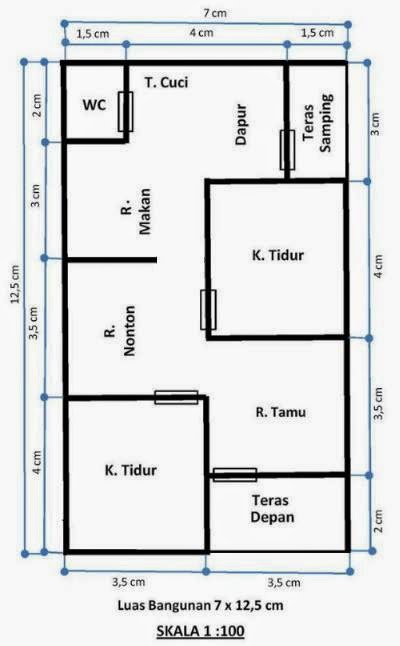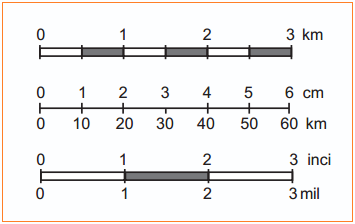Scaling New Heights: Unlocking the Secrets of Graph Ratios
Remember those intricate maps we used to unfold as kids, tracing our fingers across continents and dreaming of far-off adventures? Or the architectural blueprints that seemed to hold entire buildings within their lines? These visual stories, told through maps, blueprints, and yes, even those charts in our science textbooks, rely on a secret language: the language of graph scales.
Think of a graph scale as the Rosetta Stone to understanding the relationship between the miniature world represented on paper and the vastness of reality. It's the key to unlocking the true dimensions, distances, and proportions depicted in visual representations. Whether you're a design enthusiast deciphering floor plans or a data geek poring over infographics, understanding graph scales can be surprisingly empowering.
But like any language worth learning, mastering graph scales requires a bit of practice. Fear not, for this isn't some esoteric calculus problem reserved for mathematicians. It's about grasping a simple yet powerful concept: how a small measurement on a graph translates to a much larger measurement in the real world. Once you crack this code, you'll be surprised how easily you can navigate the world of visual data.
Imagine holding a tiny seed in your hand. This seed, though seemingly insignificant, holds the potential for a towering tree, its branches reaching for the sky. A graph scale acts in a similar way, allowing us to condense immense information into a manageable format without losing the essence of its true size and scope. It's the magic that lets us hold entire landscapes, intricate structures, or complex data sets within the palm of our hand.
So, whether you're a visual learner drawn to maps and diagrams or someone who thrives on making sense of data, understanding graph scales is like adding a new superpower to your analytical arsenal. It's about seeing the world with a sharper lens, appreciating the beauty of proportions, and unlocking a deeper understanding of the information presented to us. And who knows, maybe it will even inspire your next big adventure.
Let's dive into the practicalities. The core of understanding graph scales lies in deciphering ratios. A ratio, in this context, is simply a way of expressing the relationship between the distance on a map or graph and the corresponding distance in the real world. For example, a scale of 1:100,000 on a map means that one unit of measurement on the map (be it a centimeter, an inch, or any unit) represents 100,000 of the same units on the ground.
This understanding of ratios is fundamental to working with scaled drawings, maps, and data visualizations. It allows us to accurately interpret distances, sizes, and proportions, making the information presented both meaningful and actionable. Whether you're navigating with a map, designing a building, or analyzing data trends, the ability to calculate and comprehend these scale ratios is paramount.
Advantages and Disadvantages of Understanding Graph Scales
| Advantages | Disadvantages |
|---|---|
| Accurate interpretation of maps, blueprints, and graphs | Can be initially confusing for visual learners |
| Essential for professions like architecture, engineering, and design | Requires basic math skills and an understanding of ratios |
Mastering graph scales isn't just about understanding the technicalities; it's about developing a deeper appreciation for the power of visual representation. It's about recognizing the intricate connections between the miniature and the massive, and using this knowledge to navigate our world with greater clarity and purpose.
Psgs champions league quest a deep dive
Effortlessly lifting your outboard a manual guide
Cute cartoon pfp anime the unspoken language of online identity














